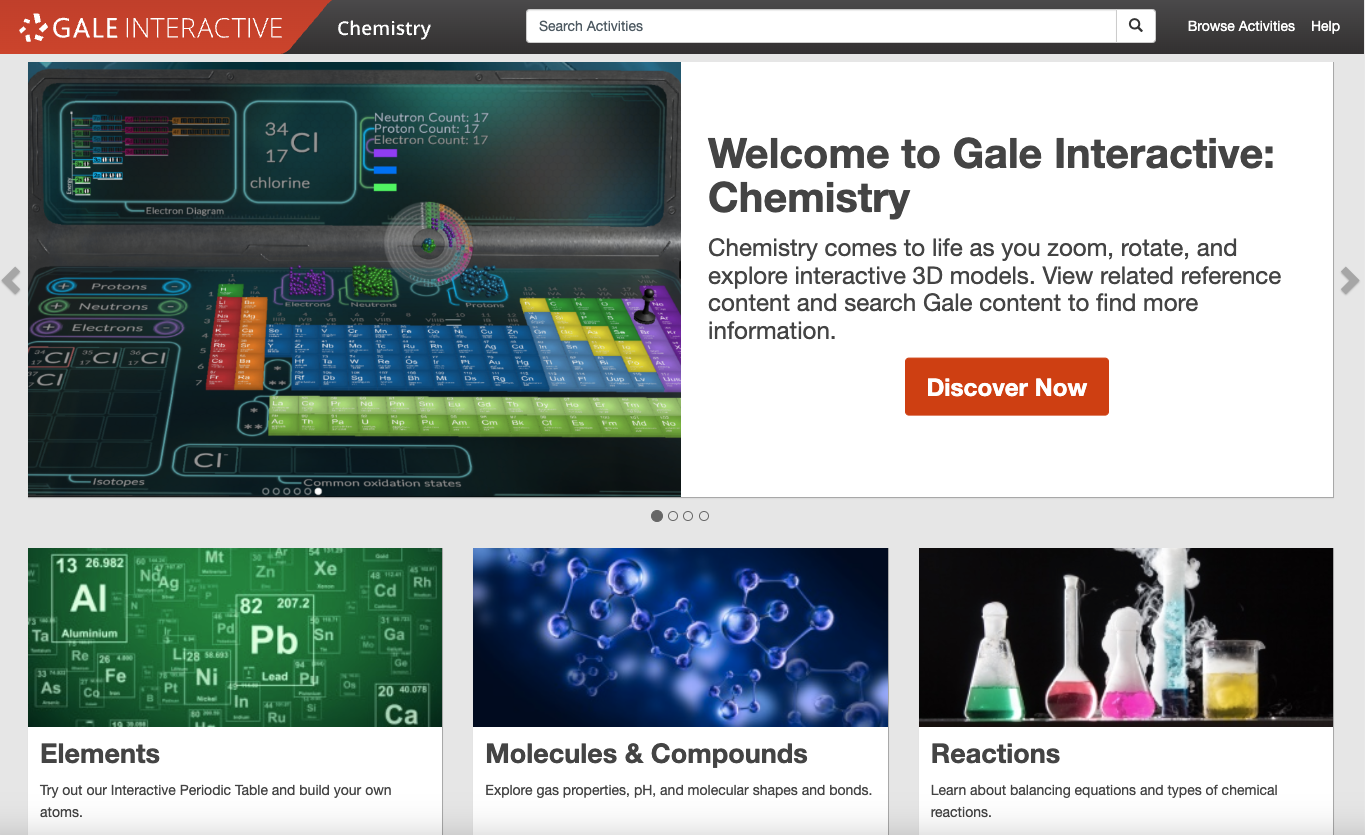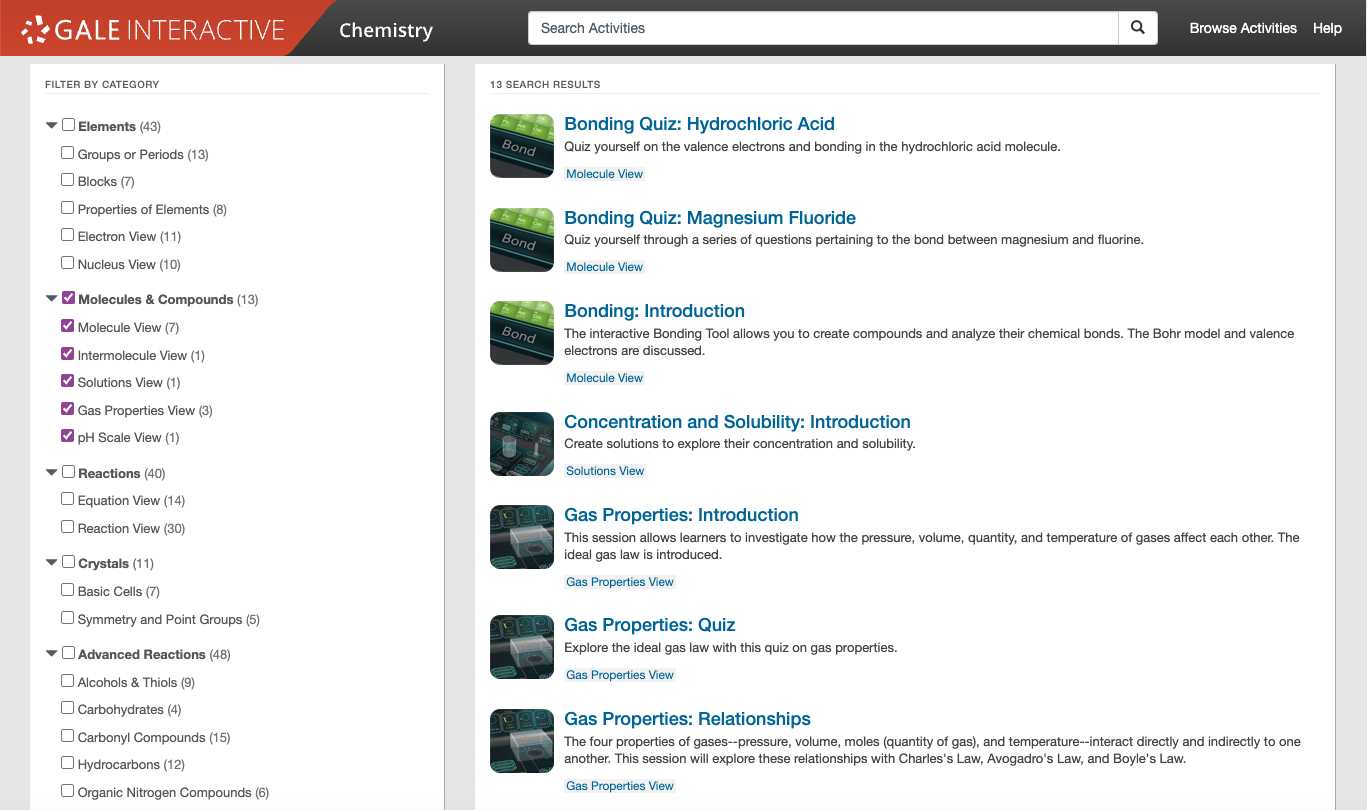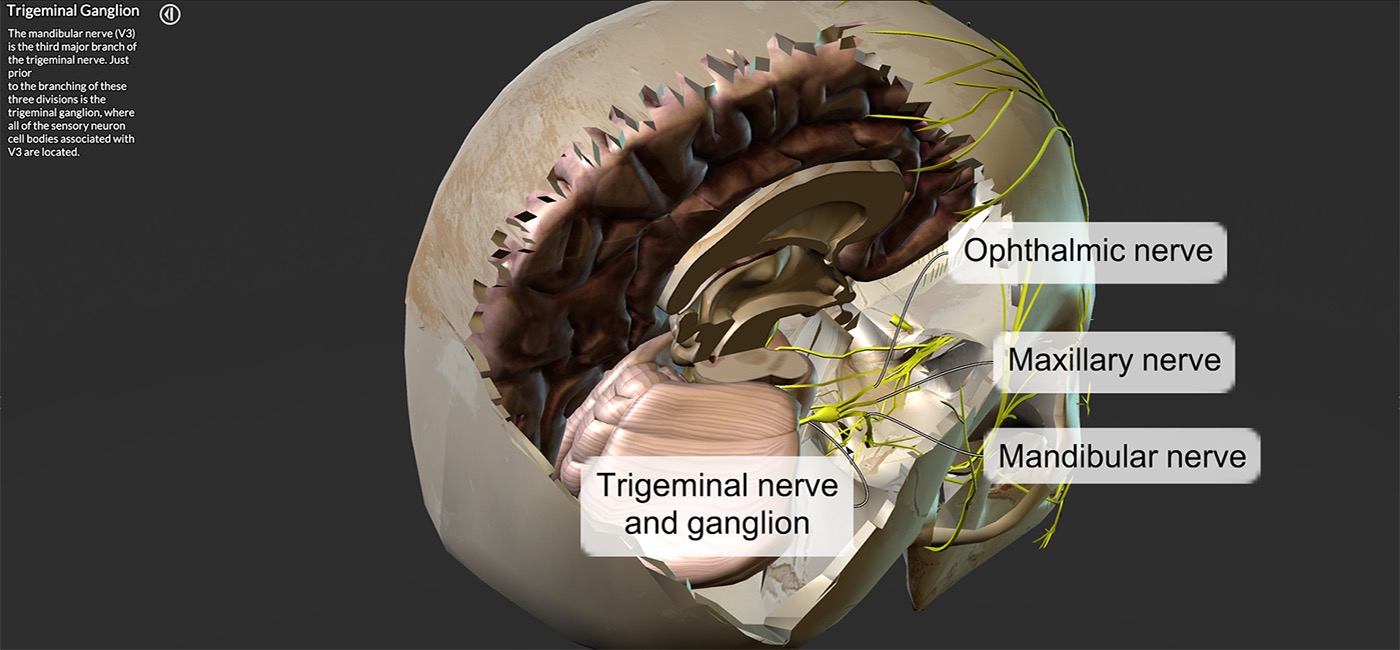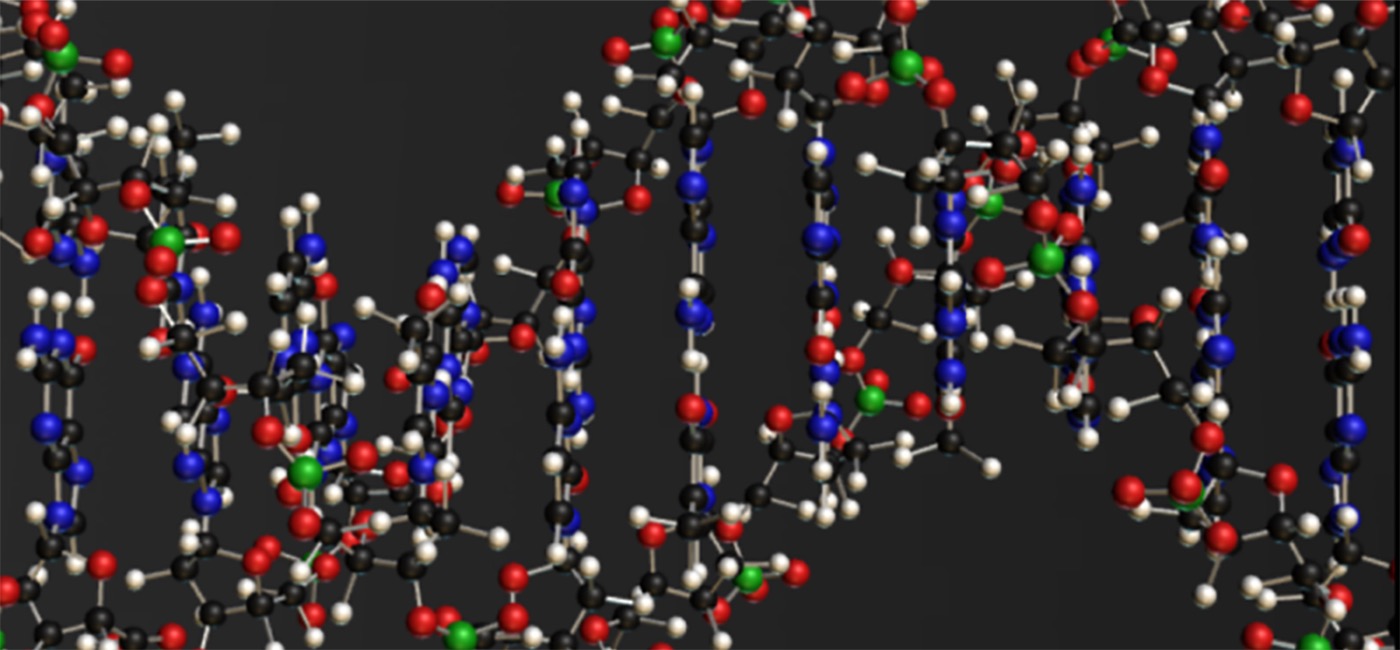A New Catalyst for Learning
Bring science to life and help students visualize key concepts. Aligned to the scope and sequence of introductory college classes, Gale Interactive: Chemistry engages students and aids comprehension by pairing reference material with manipulatable 3D models.
The study of substances and how they interact, combine, and change should be anything but static. Invigorate the study of chemistry with Gale Interactive: Chemistry, which follows undergraduate university syllabus topics like the periodic table, molecules and compounds, reactions, and chemical processes.
Gale Interactive: Chemistry saves significant money on physical resources, and pre-prepares students for lessons leading to more focused and efficient classes. To help develop critical thinking and research skills, Gale Interactive Chemistry contextualises information within the wider reference content from Gale, including Science in Context and GVRL.
Inside or outside the classroom, Gale Interactive: Chemistry can be used for independent learning and front of class teaching, with a session based structure that provides regular opportunities for reflection and adaptation of both teaching and learning approaches.
- Students and researchers familiarise themselves with important concepts through interactive learning, discovering wider information to add depth to learning and promote self-discovery. The presentation of content caters for a range of learning styles, and is suitable for a range of ability levels so that they can explore at their own pace
- Educators will benefit from having a multifunctional resource that can support various teaching styles (both traditional and flipped classrooms), and allow easy monitoring of student performance and help identify areas of strength and weakness to address. Content is easily applicable to different learning styles, and easily integrated into differentiated learning plans
FEATURED TESTIMONIAL
GALE INTERACTIVE: CHEMISTRY REVIEW
Gale Interactive introduces interactive 3-D models to college-level course study, creating an immersive experience meant to enhance traditional text-based instruction. Chemistry students can explore elements, reactions, crystals, molecules, and compounds. Users can explore 3-D models by zooming in, rotating, and dissecting them. A robust help section, particularly useful in the case of the modeling software, rounds out this collection of products, suitable for academic libraries.
- Booklist, April 2017
Look Inside
Additional Details
subjects covered
- Chemistry
- Analytical Chemistry
- Elements and Atoms
- Molecules and Compounds
- Reactions
Platform Features & Tools
Test your Knowledge
Take self-assessments to ensure concept comprehension.
On-The-Go Access
Use in and out of the classroom at any time through multiple web browsers.
Interactive 3D Model Sessions
Explore and manipulate 3D models in over 200 guided sessions to dive deep into science concepts.





